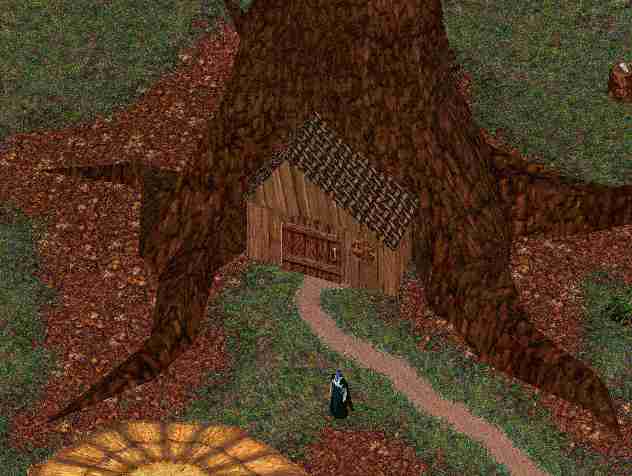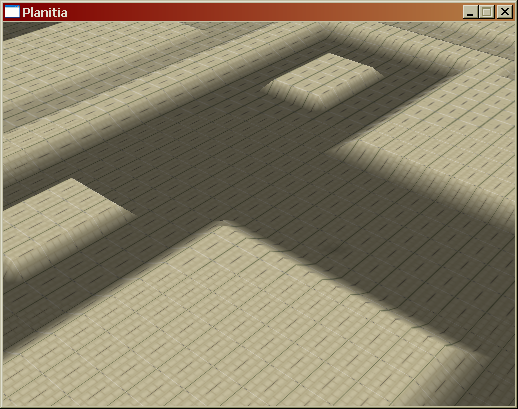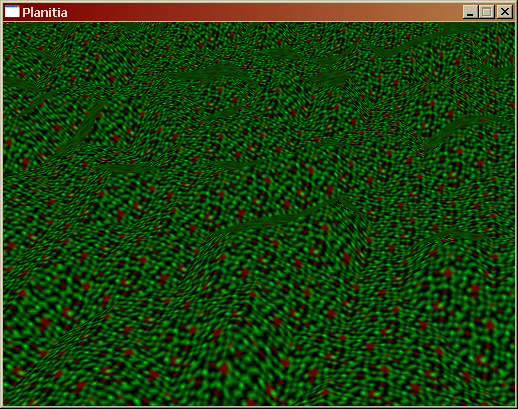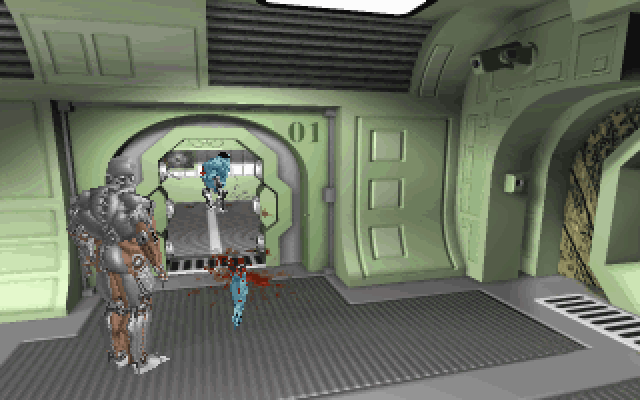I’d heard a lot about this game when it was first released. Sadly, most people who bought it at the time did so because – OMGWTFBBQ! – it included a demo of Final Fantasy XII with it. Those people missed out. This isn’t like that Metal Gear Solid 2 demo being released with Zone of the Enders.
I’m about ten hours into Dragon Quest VIII, and honestly, it’s the best console RPG I’ve played in a long, long time. It’s gotten very positive reviews but most reviewers have suggested that the game isn’t for a general audience since it uses such archaic game mechanics.
I personally think that the game stays true to the Dragon Quest line but also makes a lot of concessions that make the game easier to play than older games in the series, and I actually would recommend it for a general audience.
Yes, the game is tough. But that’s okay. In most RPGs nowadays, random encounters are effectively yard trash, pretty chunks of XP that will hardly give you any trouble at all. Thus, fighting them is boring. Final Fantasy XII tried to fix this problem by introducing the Gambit system, which allowed you to automate such yard trash fights. What a concept.
Dragon Quest VIII instead solved the problem by actually making just about every encounter a possibility for your party to wipe. When you enter a new area, the enemies there are typically capable of killing you if you’re unlucky and encounter a group of five or six toughies (especially if they get to act first). Thus, encountering a new enemy type is interesting, not boring…the player thinks, with some trepidation, “Huh…I wonder what he can do.”
But you have a good chance of fleeing from anything other than a boss fight. Your main character will quickly learn the spell Evac that will instantly exit whatever dungeon you’re currently in, and soon learns the spell Zoom that allows you to teleport to any place you’ve already visited – even dungeons. And wiping causes you to merely get resurrected at the nearest town with the loss of half your gold – there is no “Game Over” screen in Dragon Quest VIII. So death is annoying but no more than that.
And as if that weren’t enough, your secondary character, Yangus, quickly learns an ability called Whistle that instantly causes a group of enemies to spawn and attack you. So despite its old-school rep, leveling in Dragon Quest VIII is actually less boring and faster than in just about any other console RPG I’ve ever played. Just find an area where the monsters are tough but killable and have Yangus whistle over and over. When you’re getting low on health and mana, Zoom to town, rest up, Zoom back to the dungeon and do it again. Once you’re carved out of wood, go complete the current plot point.
Plus, the game is pretty. It’s pretty WoW-style, which means that the game isn’t any kind of technical achievement but has a clean look and nice textures and models. The voice acting is actually quite good, with the cheesy characters sounding cheesy and the serious characters sounding serious and the tough characters sounding tough. The music is quite nice, and it’s almost all streaming digital stuff that was composed by Koichi Sugiyama and performed by, oh, I don’t know, the TOKYO METROPOLITAN SYMPHONY ORCHESTRA. The Japanese do not look down on games as an inferior medium like Americans do, which is what makes uber-coolness like this possible.
And it’s $20 new now. Definitely worth picking up if you’ve got a PS2 and like console RPGs. Or if you have a PS2 and have never tried a console RPG.




